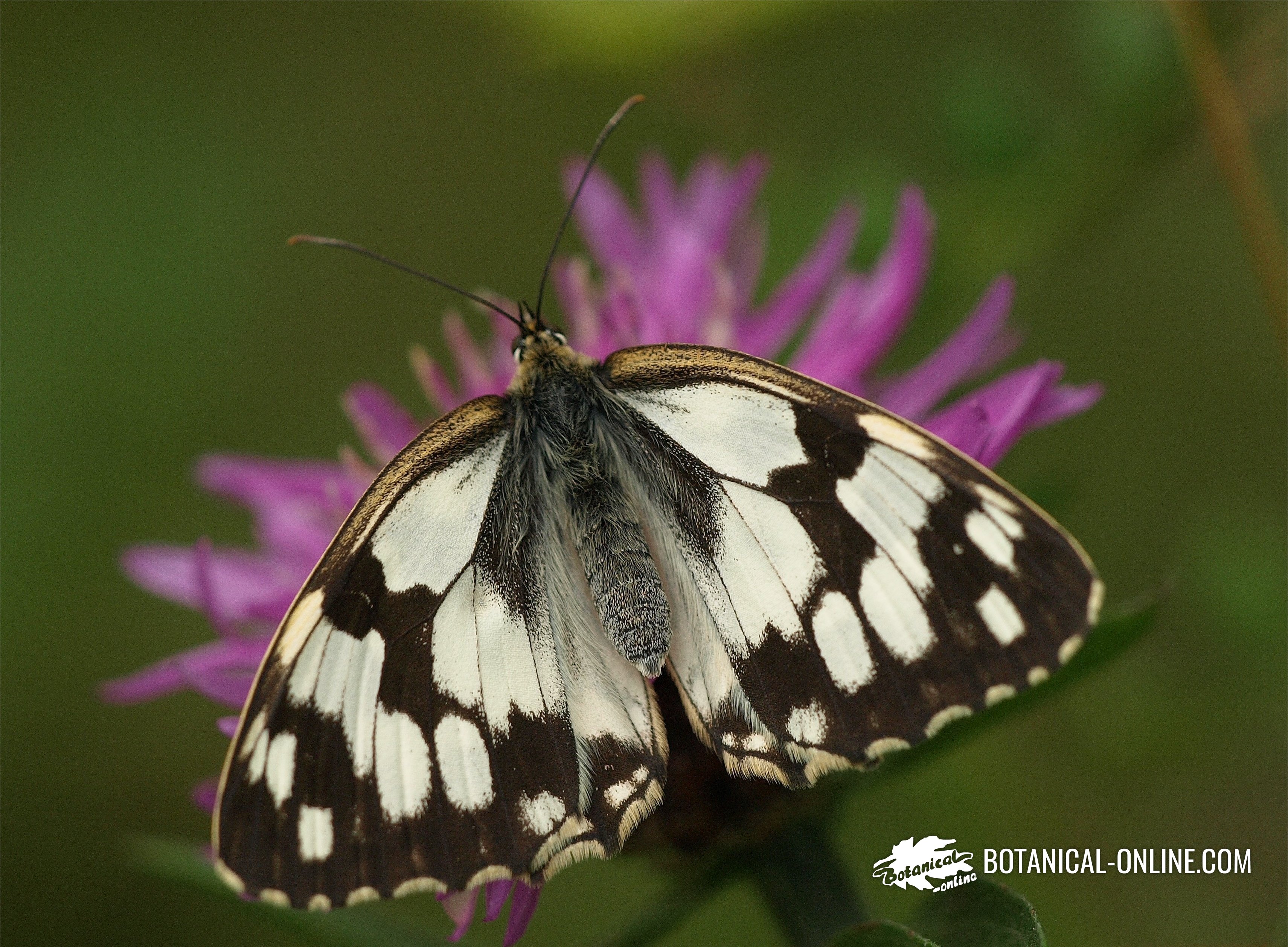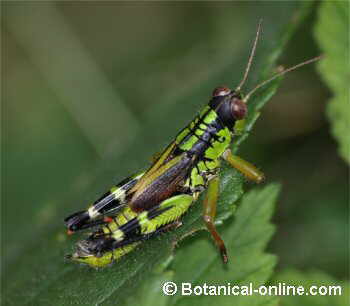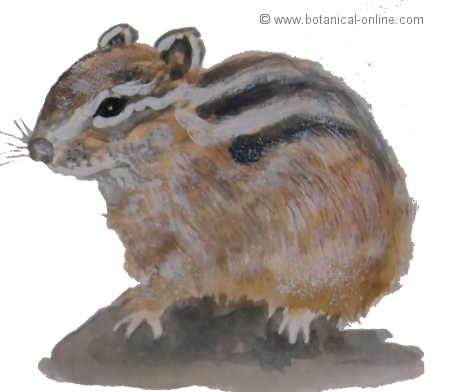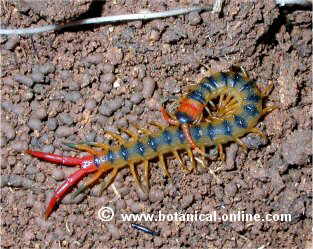Contents
What are elks?
Characteristics of elks
Common names: Elk / Moose
Scientific name: Alces alces
– Scientific classification:
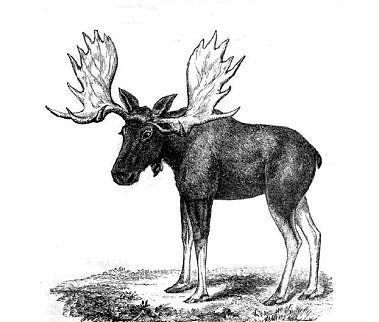 Features:
Features:- Length: 2’4 – 3’1 m.
- Heigth: 1’4 – 2’1 m.
- Weight: 350 – 500 kg.
- Habitat: Taiga or coniferous forests.
- Geographic range: Scandinavia, northern Eastern Europe, northern Russia, Canada, Alaska and northern part of the United States.
- Behavior: Solitary, diurnal, nocturnal.
- Food habits: Herbivorous (aquatic plants, tender shoots and leaves of different trees species, also feeds on grass and some ferns).
- Reproduction: Heat time: September – November. Gestation: 38 weeks. Birth: 1 baby, rarely two.
- Enemies: Wolves, bears, tigers, lynxes, cougars.
- Lifespan: 20 – 25 years.
Physical description of elks

Elks are large even-toed ungulates, that is, the largest deer species that exist. Male elks are somewhat larger than females and they can reach a height at withers of between 1.4 and 2 m, a length of between 2.4 and 3.1 m and a weight of between 350 and 500 kg.
Moose are mammals with grotesque features. Their neck and trunk is short and massive, while their extremities are quite long. The head of elks is very characteristic, showing an elongated shape and being narrower in the area of the eyes wider in the snout. Elk’s nostrils are always very open. The upper lip of elk is flat and very mobile. Under the throat, a kind of skinned hairy bell hangs. These curious animals have a hunchbacked appearance because their shoulders are much higher than the hindquarters and because their short neck. Their big ears give elks a mule aspect.
The color of the moose varies, from very dark to nearly black, or from dark brown to light brown. However, it becomes more grayish as winter approaches. Their muzzle and extremities are lighter in color, almost white. Elk offspring exhibit a reddish fur.
Only males have powerful antlers up to 1.8 meters widespread, branch-like, directed forward and upward. Moose lose their horns after the heat season in late autumn, between November and December. Their new antlers grow until June or July.
These animals have a life span of about 20 or 25 years.
The most developed sense of moose is the smell and they have a good sense of hearing. However, sight in this animal species is poor.
Types of elk
There are several subspecies of moose. In general, they can be grouped into 2 categories according to their distribution, in other words, depending on the geographical range where they live. We can find an Eurasian elk subspecies and another American one. Nevertheless, some authors consider that both subspecies are in fact different species.
Alaska moose (Alces alces gigas) is the largest elk subspecies in the world, while Yellowstone moose (Alces ali shirasi) is the smallest one.
Elk adaptations
These animals have a set of adaptations that make life easier. The large and wide hooves of these animals with fingers can be separated very much, what provides them great stability in the manner of snowshoes. By means of that, they are able to move comfortably on the soft snowy grounds or on the lakes, swamps and ponds.
Their wide and elongated snout allows them to catch leaves and buds of trees.
Moose behavior
Moose are solitary animals, although in winter, they can form small herds. During the heat time, violent and spectacular nuptial combats between males take place. These encounters can be of fatal consequences for some of the opponents.
Elks have a diurnal and twilight activity.
They are sedentary species, normally remaining in the same territory.
Elks are the only deer species that eat aquatic plants.
Where do elks live?
Moose live in Nordic European, Asian and North American conifer forests of the Northern hemisphere (where it is known as taiga). They are almost always near water, that is, in swampy areas.
They inhabit the circumpolar zone, that is, in the world area around the Pole.
Moose can be found in the Scandinavian countries (Norway, Sweden, Finland), northern area of Eastern Europe (Poland, Lithuania, Latvia, Estonia, Belarus), Russia and the far north of Kazakhstan. The american elk subspecies appears in the North American continent, in Canada, Alaska and northern regions of the United States.
Moose food habits
Elk diet is based in aquatic plants, tender shoots and leaves of willows, alders, birches and poplars, as well as these animals feed on grass and some ferns.
They also consume shrubs and tall grass, but they can not consume short grass due to the characteristic shape of the upper lip. Also they eat aquatic plants, when they introduce the head in the water.
In winter, these mammals feed on bushes, pineapples of pines, moss and lichens, digging with their feet in the snow so as to get them.
The large size of elks let them to consume more than 30 kg of plants daily. However, these animals are not fussy when they come to feeding, so their high energy needs do not pose them too many problems.
Elk reproduction
Elks are polygynous species, because males mate with several females.
Their period of estrus goes from September to November. Between September and October, males emit a powerful mooing to attract females.
Moose gestation lasts 9’5 months, that is, 38 weeks. Females give birth, in spring, at the beginning of May, one single baby. In rare cases, they have 2 offspring per birth.
Females are very protective and defend their offspring from any possible predator. However, at 10 or 11 months of age, coinciding with the next reproductive period, the baby go away from their mother.
Elk enemies
Elks have a few natural enemies. Their enemies are large and they hunt in packs, such as wolves, brown bears, black bears, cougars, tigers or lynxes. Human beings hunt them for their antlers, their flesh or their fur.
These animals are powerful and courageous. They do not hesitate to defend themselves against their enemies with their immense antlers. Being not aggressive animals, they avoid contact with human beings, but they can attack them to defend their babies or to protect their territory.
They are so powerful that brown bears, for example, normally avoid confrontations with these ungulates and rob to wolves their preys.
The highest mortality of moose, caused by predators, occurs during their first year of life when they are still small and weak. In their first month of life, elk babies can die drowned when forced to cross fast current rivers or they can even be trampled by their mother. When they have to scape, the young individuals can get trapped between trunks of trees. The accidental separation of mothers and their offsprings produces a small percentage of deaths.
Bad weather in winter also causes a number of deceases.
Traffic accidents or other accidents is another important danger to elk survival.
Moose conservation measures
Although it has been subjected to intense hunting for centuries, there are still some 2,000,000 elk individuals spread equally between Eurasia and North America. Only in Canada there are between 500,000 and 1,000,000 animals.
Current protection measures have led to a new multiplication of moose populations. In Scandinavia, elks has adapted to live in forests close to the agricultural fields.
In the past, moose occupied the forests of Central and Western Europe, but the exhaustive hunting and the alteration of the environment has taken them out from these territories.
Usefulness of elks
Elks are hunted to take advantage of their meat, their leather and their bones or just for hunting.
In Russia, these mammals have been hand-raised by bottle to produce milk, meat, as a sled animal or even as a pet.
In Sweden, they are very much appreciated, which is described by its people as more aromatic and tasty than veal or deer meat. However, elk meat can be contaminated with lead in the hunting areas when the animal ingests the pellets together with the aquatic plants of their diet.
![]() More information on other wild animals.
More information on other wild animals.


